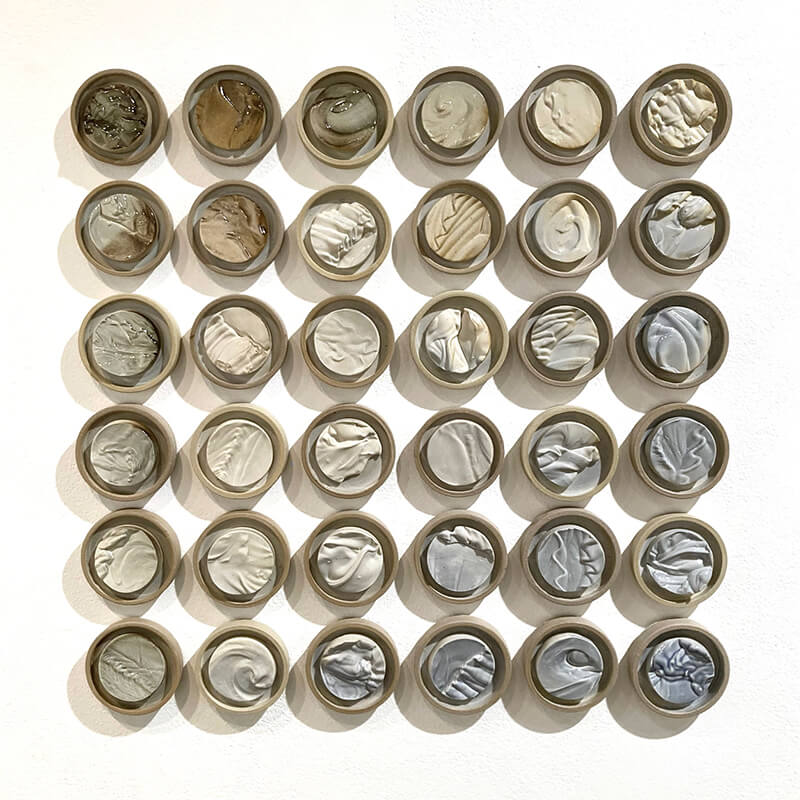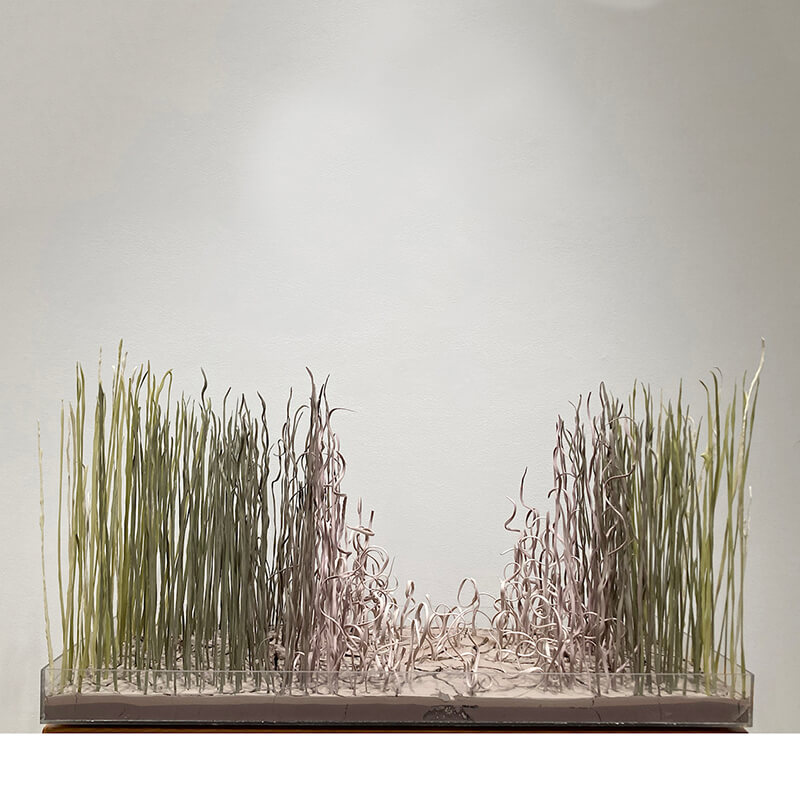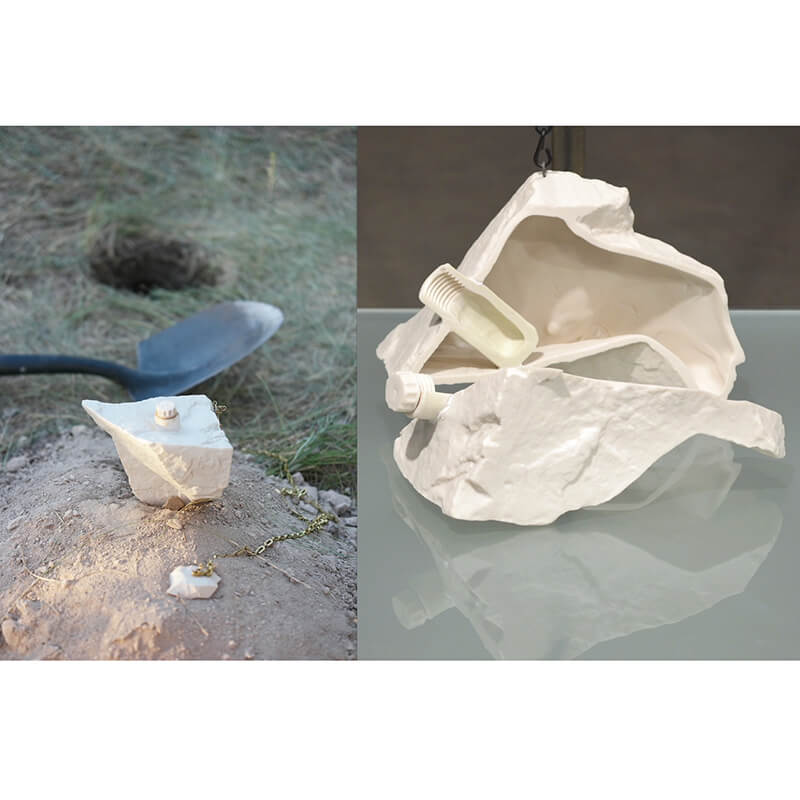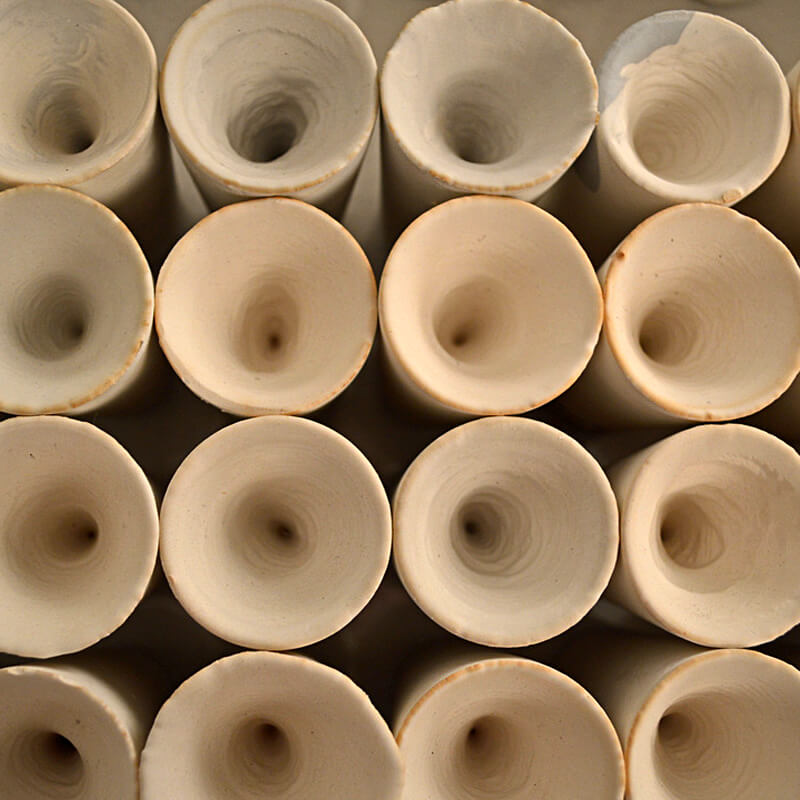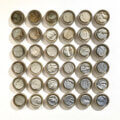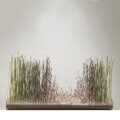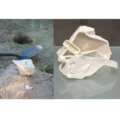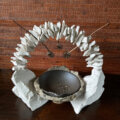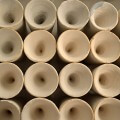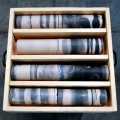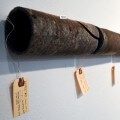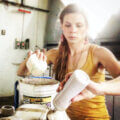
Red Lodge Clay – Center Short-Term Resident (AIA) 2016
Rachael Marne is a multi-disciplinary ceramic artist and writer whose artistic practice and research interests have ignited connections across the globe. Her primary interests are solastalgia, ecological awareness, and the inherent archaeological quality of clay to tell stories through time, form, material and place based social interaction. She has completed residencies at the Red Lodge Clay Center, Medalta International Artists in Residence, the Cub Creek Foundation, and Watershed Center for the Ceramic Arts, as well as being the first artist Fellow of the Global Sustainability Fellows Program of the Sustainability Laboratory. For the past 5 years, she has taught ceramics and drawing courses at St. Lawrence University as a full time Visiting Assistant Professor in Northern New York. As a born and raised Montanan, educated within the MT university systems, she is ecstatic to return to the Montana clay community as the next Programs Coordinator for Red Lodge Clay Center in Red Lodge, Montana.
My work and studio practice explore relation through the fluid interactions of materiality; using the artifacts produced by their mergence as metaphors for personal experiences, contemporary environmental events and as palpations to the limits of anthropocentric perception. Local, global, and interpersonal relationships are explored to map a moving target of a sense of place. Time scales are rendered fluid. The archeological quality of clay inspires a deep reverence and responsibility for guiding particles into new forms to evoke a material poetry relevant to contemporary times, while paying homage to their deep histories.
The Seed Bank Project is a multi-era, multi-disciplinary, socially engaged project meant to span decades, cultures and (hopefully) climate phenomena here on planet earth. Hand-made, double-walled porcelain seed vessels are given out to collaborators, who then fill them with seeds that have precious ecological and cultural significance to the region in which they call home. The banks are completely autonomous from human maintenance, meaning they are specifically designed to control the interior seed capsule’s humidity, light and temperature when buried below permafrost utilizing both ancient and modern technologies. This sustains the seed’s ability to stay viable for as long as its’ DNA will allow. They are buried in-situ, where the seeds were harvested and acclimated to grow and become a cultural and ecological marker of what is, and inevitably, what once was. In return, photo documentation, information and the location are shared on a public resource database, joining a myriad of banks scattered all over planet Earth. These vessels arose from a welling sense of solastalgia, and a desire to think about artwork beyond its’ primary context. The root of the project stems from an admiration of clay’s inherent ability to bring people together, the desire to promote active local ecological awareness, and a sort of reckoning with the current climate injustices, as well as a future of unknowns. The banks exist now, as we plant them as well as have the potential to exist far into an unknown future. What this future might look like depends on actions we take now to ensure a habitable place for generations to come.
My practice is fueled by promoting agency among individuals to explore their personal, cultural, and ecological lenses used to construct their sense of reality and instigate a dialogue for future generations about the importance of ecological awareness, material curiosity, environmental justice, and land stewardship.

